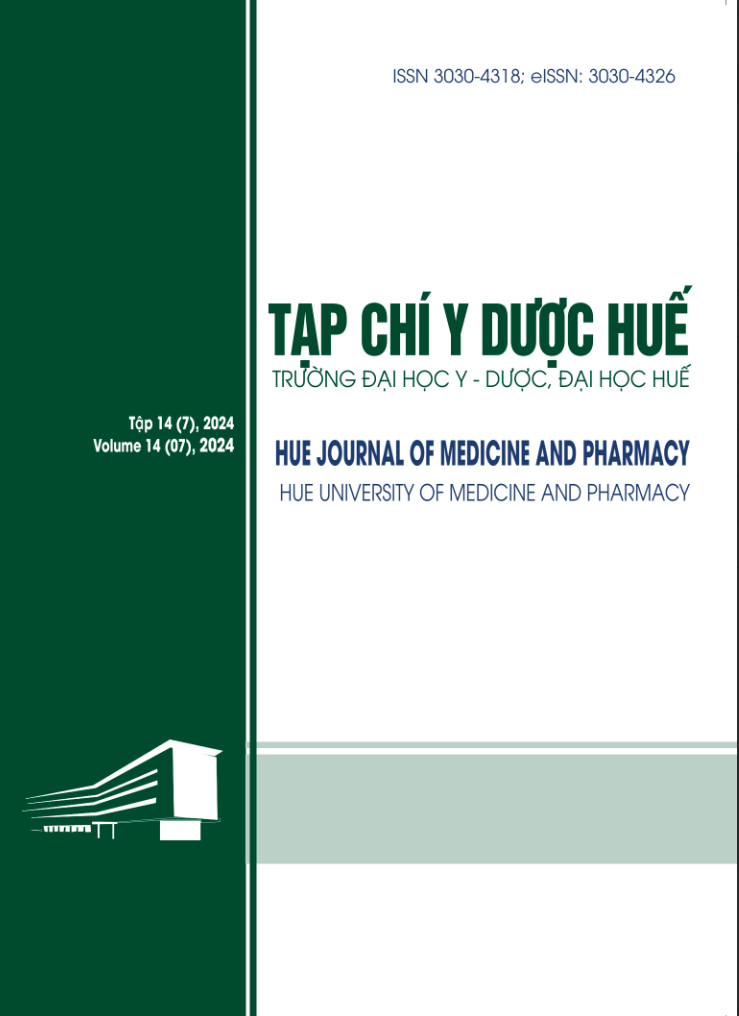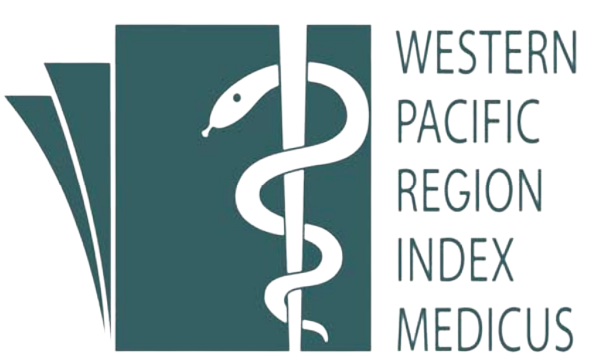Abstract
Objective: To determine the rate of positive Peptest in patients with gastroesophageal reflux disease (GERD) and to investigate the relationship between upper gastrointestinal endoscopy, GERD-Q, GERD symptoms, and positive Peptest in patients with GERD.
Subjects and Methods: A prospective descriptive study was conducted on 33 patients with symptoms of gastroesophageal reflux disease. Techniques included qualitative and quantitative analysis of pepsin in saliva (Peptest), upper gastrointestinal endoscopy, and GERD-Q.
Results: The rate of patients with positive Peptest in those with GERD was 91%. The rate of patients with esophagitis on endoscopy according to the Los Angeles classification was 52%. The rate of patients with positive Peptest among those with GERD-Q < 8 points was 100%. There was no difference in the rate of positive Peptest between the groups with and without esophagitis on endoscopy and GERD-Q (p>0.05). The average pepsin concentration in the positive Peptest group was 63 ± 19.8 ng/ml. There was a difference in the rate of positive Peptest in the group of patients with atypical and extra-esophageal GERD symptoms (p<0.05), however, there was no difference in the group of patients with typical GERD symptoms (p>0.05).
Conclusion: A high prevalence of patients with reflux symptoms in the study had positive qualitative Peptest results. There was a difference in the rate of positive Peptest in the group of patients with extra-esophageal and atypical GERD symptoms.
| Published | 2024-12-25 | |
| Fulltext |
|
|
| Language |
|
|
| Issue | Vol. 14 No. 7 (2024) | |
| Section | Original Articles | |
| DOI | 10.34071/jmp.2024.7.10 | |
| Keywords | Peptest, GERD, Gastro Endoscopy Peptest, trào ngược dạ dày thực quản, nội soi thực quản dạ dày |

This work is licensed under a Creative Commons Attribution-NonCommercial-NoDerivatives 4.0 International License.
Copyright (c) 2024 Journal of Medicine and Pharmacy






